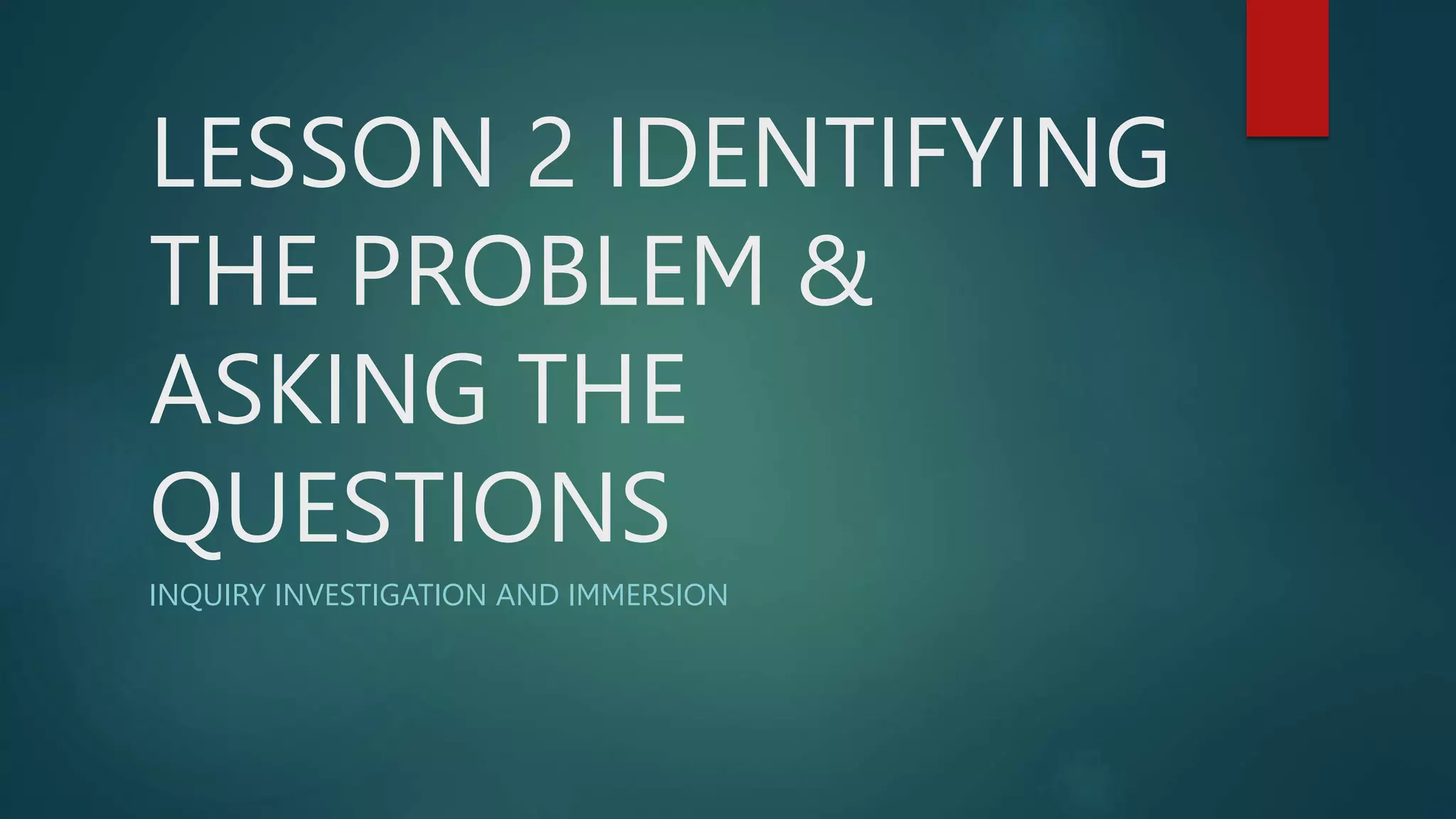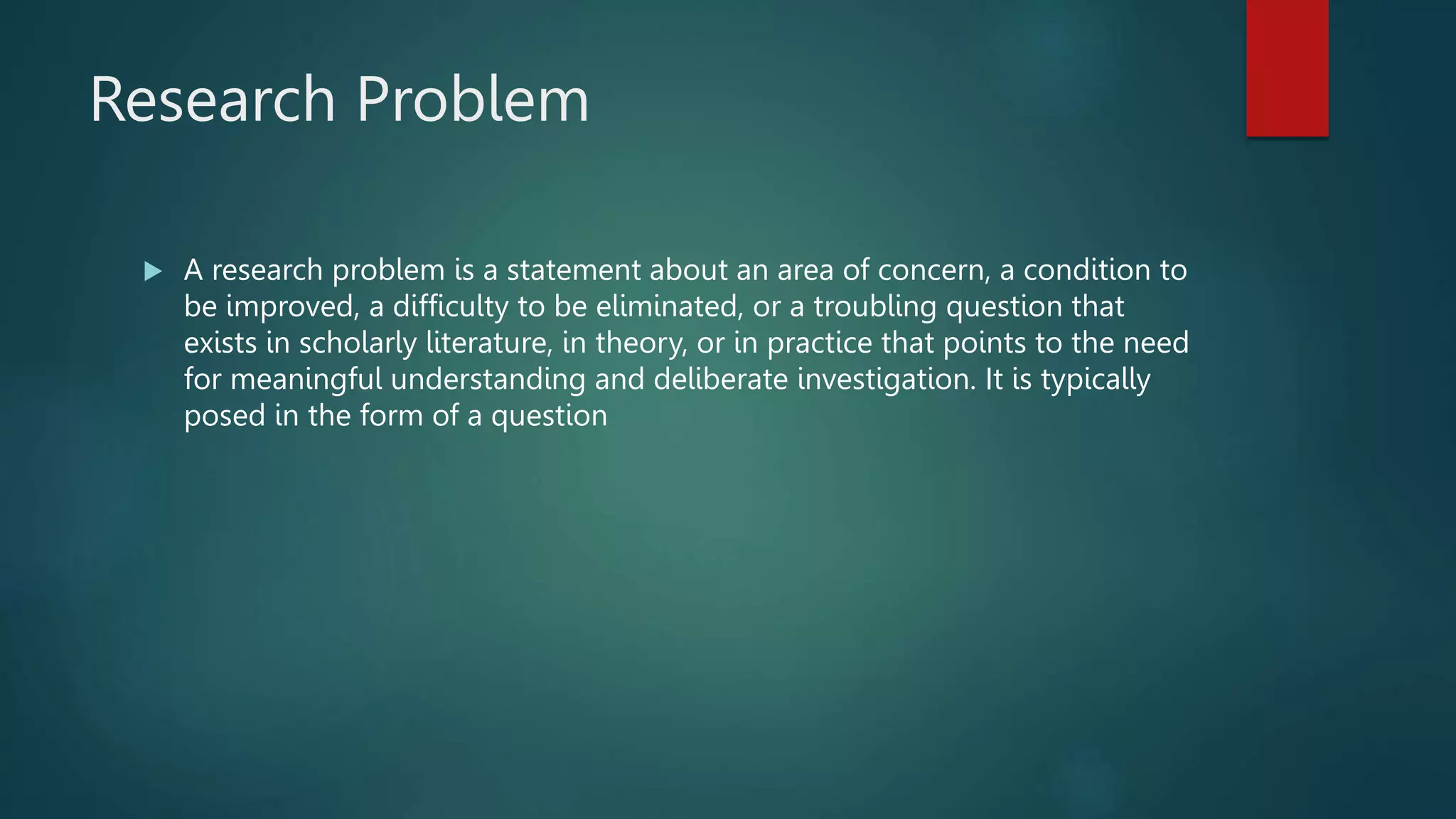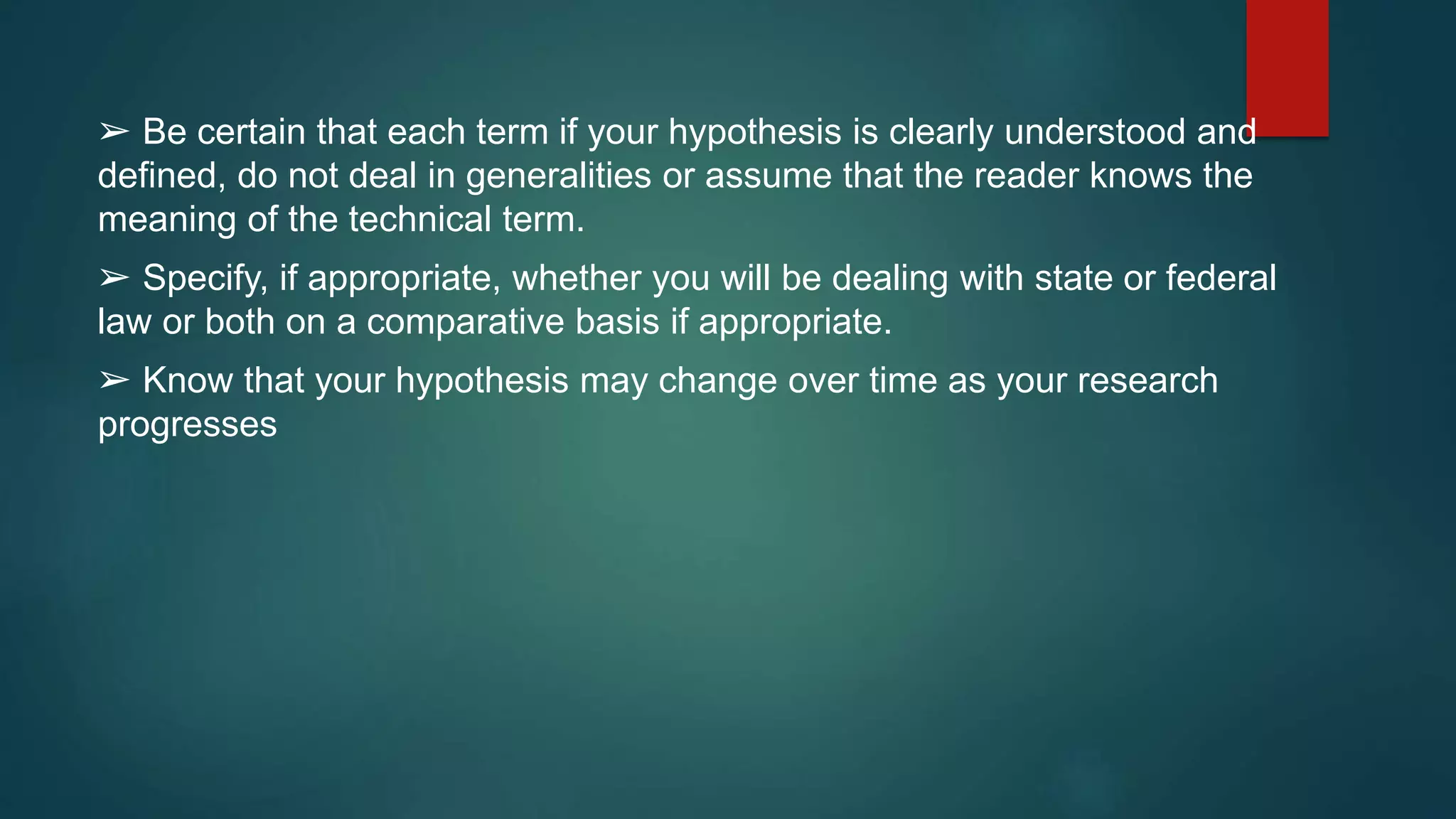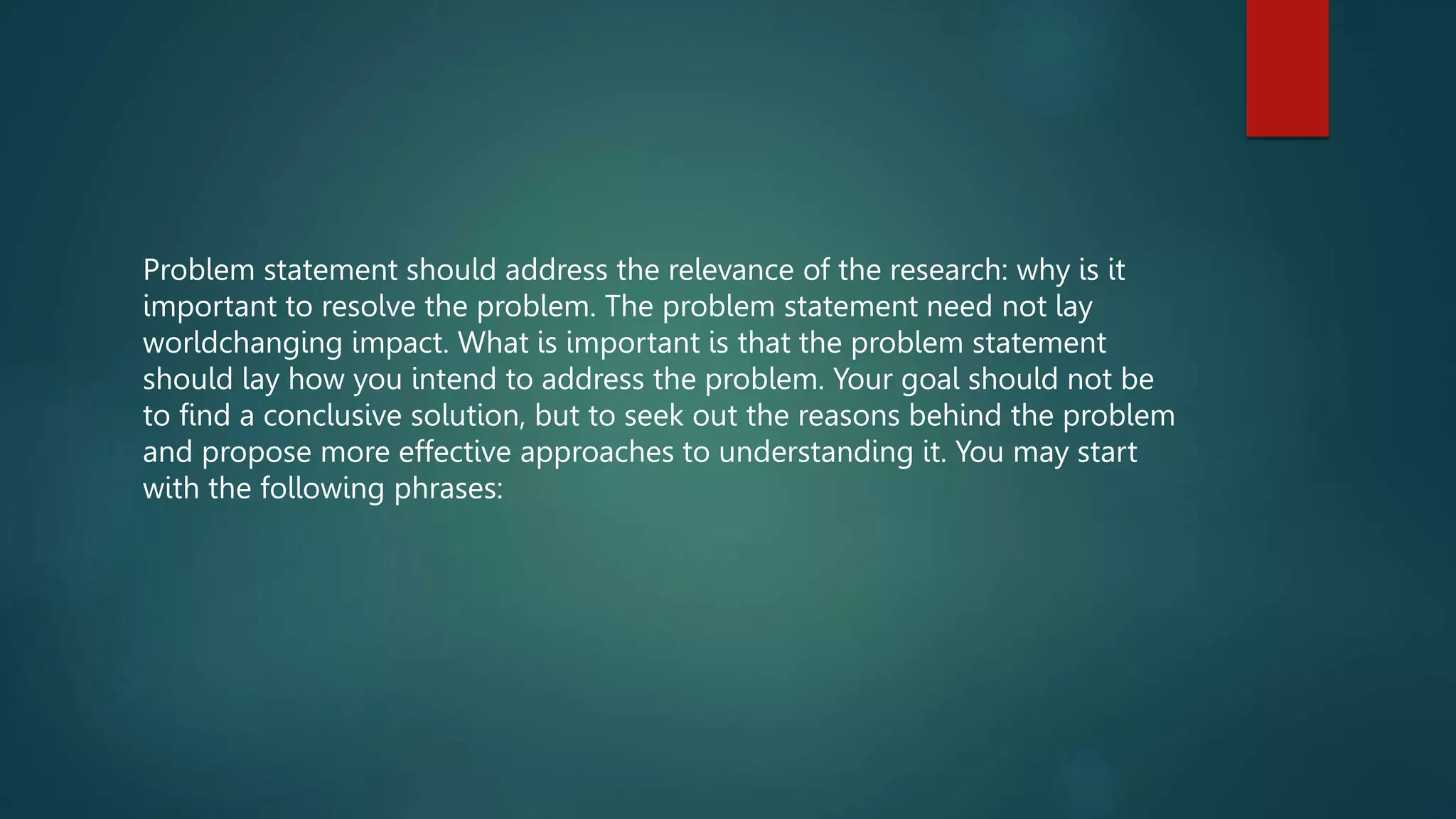The document discusses key components of a research paper such as the background of the study, conceptual framework, research hypothesis, statement of the research problem, and scope and delimitation of the study. It provides guidance on how to write an effective background section, including covering key concepts, maintaining balance, and avoiding ambiguity. Examples are given of different parts of a research paper like a background section and conceptual framework.

































